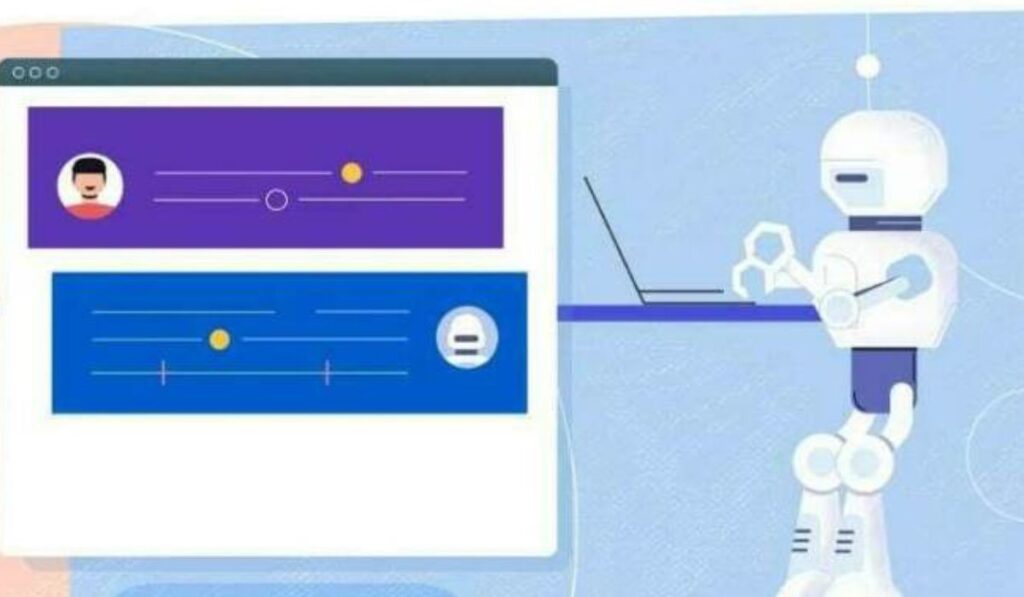Table of Contents
- The Rise of Chatbots in Digital Communication
- Key Advantages of Using Chatbots
- Common Misconceptions About Chatbots
- Integrating Chatbots for Enhanced Customer Experience
- The Role of Artificial Intelligence in Chatbot Functionality
- Real-Life Applications of Chatbots
- Future Trends in Chatbot Technology
- Considerations Before Implementing a Chatbot
The Rise of Chatbots in Digital Communication
Chatbots have become an essential tool in the realm of digital communication, effectively altering how companies engage with their clientele. Originally starting as simple question-and-answer applications, the landscape has evolved considerably thanks to advancements in real-time conversational AI. These developments have made chatbots more intuitive and capable of providing human-like interactions. As the lines between human and machine conversations blur, businesses find chatbots indispensable for maintaining a consistent and satisfying customer experience.
In the current landscape, chatbots are not just supplemental but a fundamental component of digital strategy. Businesses of all sizes implement chatbots to handle customer queries around the clock, unbound by the limitations of human staff. According to recent reports, the chatbot industry is poised to significantly alter business communication, transitioning from traditional methods to more interactive and user-friendly digital solutions. This shift underscores the importance of chatbots in adding value to businesses and enhancing customer satisfaction.
Key Advantages of Using Chatbots
Among the numerous benefits chatbots offer, their availability is perhaps the most noted. They provide 24/7 customer service, ensuring that user inquiries are addressed promptly and efficiently, thereby elevating user satisfaction and trust in the brand. Unlike human agents who require rest, chatbots tirelessly engage with customers, providing information and troubleshooting support.
Additionally, chatbots contribute significantly to cost efficiencies within organizations. They minimize the need for extensive customer service teams, which can be expensive and challenging to manage, particularly in high-demand sectors. By automating routine queries and tasks, chatbots free human agents to prioritize more complex issues, thus optimizing the overall efficacy of customer service operations.
Common Misconceptions About Chatbots
Despite their increasing popularity, there are numerous misconceptions about chatbots. A prevalent myth is the fear of job loss; however, chatbots are designed to supplement rather than replace human roles. Their primary function is to handle repetitive and straightforward tasks, allowing human workers to engage in more nuanced, strategic, and creative roles that are beyond the current capabilities of AI.
Another misconception is the concern over privacy. Many users worry that chatbots collect personal data irresponsibly. However, chatbot implementations adhere strictly to privacy guidelines and standards. Data is collected in a controlled manner to enhance personalization without compromising user security, ensuring all interactions are not only efficient but secure.
Integrating Chatbots for Enhanced Customer Experience
Strategically integrating chatbots can significantly enhance a customer’s journey. For instance, in the e-commerce industry, chatbots guide customers through the purchasing process, assisting with product suggestions, answering questions, and even facilitating checkout processes. This not only aids in improving conversion rates but also leaves customers with a positive perception of the brand’s efficiency and user-friendliness.
Healthcare is another sector benefiting from chatbot technology. By managing appointment bookings and providing information on demand, chatbots help healthcare providers streamline operations and improve accessibility to services. Patients receive timely responses to inquiries, which can result in superior patient care and satisfaction levels.
The Role of Artificial Intelligence in Chatbot Functionality
The integration of Artificial Intelligence (AI) and machine learning in chatbots is a game-changer. These technologies empower chatbots to interpret natural language, anticipate user intents, and adapt over time to provide more contextually relevant responses. This continuous learning enables chatbots to offer improved service and user interaction.
The limitations of AI technology are constantly being overcome. Current AI capabilities have allowed chatbots to understand and participate in more complex dialogues than ever before. Despite the occasional need for human intervention, AI advancements continue to narrow these gaps, promising a future where chatbots can seamlessly handle an even wider array of complex interactions.
Real-Life Applications of Chatbots
Across various industries, chatbots have made a substantial impact. In banking, they notify customers of account activities and assist with various financial operations. In the automotive industry, chatbots assist in scheduling service appointments and providing technical information, underscoring the practical and flexible application of chatbot technology to industry-specific challenges.
These real-world examples demonstrate the significant role chatbots play in enhancing operations and customer engagement, enabling businesses to maintain competitive advantages while providing top-tier customer service.
Future Trends in Chatbot Technology
The future of chatbot technology is brimming with potential. As AI continues to evolve, chatbots are expected to become even more human-like, engaging users in more intuitive and seamless conversations. Innovations such as voice-activated bots and multilingual support are set to make chatbots more inclusive and accessible to a broader audience.
Furthermore, chatbots will increasingly become integral parts of personal assistants, helping individuals manage their daily activities more efficiently by integrating with smart home devices and other digital services. This expanded role signifies a new chapter in how chatbots will interact with users, offering more personalized and adaptive assistance.
Considerations Before Implementing a Chatbot
When contemplating the integration of chatbots, businesses must first evaluate their unique customer service goals and requirements. Understanding the specific needs of their clientele and ensuring the chatbot can meet these expectations is crucial. Choosing a platform that supports seamless integration with existing systems and processes will also be vital to achieving successful outcomes.
Potential challenges, such as maintaining data security and ensuring compatibility with diverse systems, should be addressed proactively. Proper planning and execution can help businesses overcome these hurdles and effectively harness the transformative power of chatbots to enhance their services and customer interactions.






